
Swiss watch designers: ‘Our work remains unknown to the public’

The success of Swiss watches owes much to the boldness and imagination of their designers. Today the sector is experiencing unprecedented growth. SWI swissinfo.ch meets some of the artists behind renowned “Swiss-made” timepieces.
The designer, artist and watchmaker Gerald Genta (1931-2011) is recognised by the entire watchmaking press as the “Picasso of watches”. Swiss watchmaking owes its best-sellers to him. Genta defined the look of prestigious timepieces such as Royal Oak by Audemars Piguet (1972), the Nautilus by Patek Philippe (1976), the Ingenieur by IWC (1976), and Bulgari Bulgari (1977).

According to estimates by the Gerald Genta Heritage Association, he had a hand in creating more than 100,000 watch models for different brands. Yet much of this work was carried out anonymously.
Audemars Piguet’s Royal Oak is what is commonly referred to as a “watchmaking icon”. This model propelled the independent luxury brand from Le Brassus, in canton Vaud, into the “big four” watchmaking companies with the highest turnover in the industry. Audemars Piguet’s annual sales have been estimated at nearly CHF2 billion ($2.2 billion) by the bank Morgan Stanley and the agency LuxeConsult, which publish an annual ranking of brands according to their market share.
With Royal Oak, an octagonal steel watch whose form is instantly recognisable, Genta became a kind of spiritual father for contemporary designers. Within the industry, however, the role that artists play is not always acknowledged for its true worth.
Fabrizio Buonamassa Stigliani: ‘Striking the balance between aesthetics and mechanics’
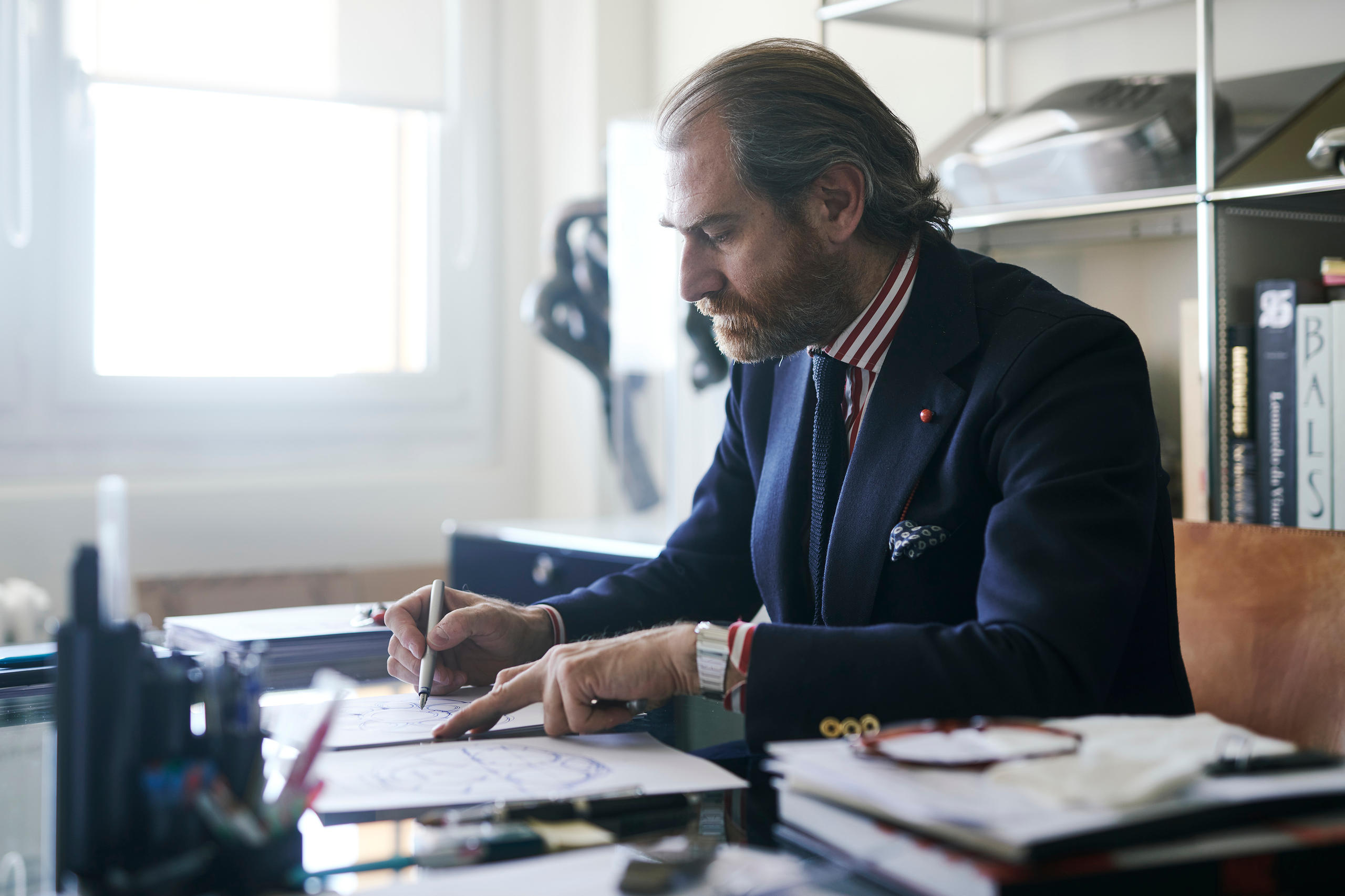
“I have excellent relations with the watchmakers. We are partners,” says Fabrizio Buonamassa Stigliani, director of the Bulgari Watches Design Centre. “But sometimes I have to be insistent, when I come with designs and I hear: ‘We can’t do that’. I always reply: ‘Let’s try it together’.”
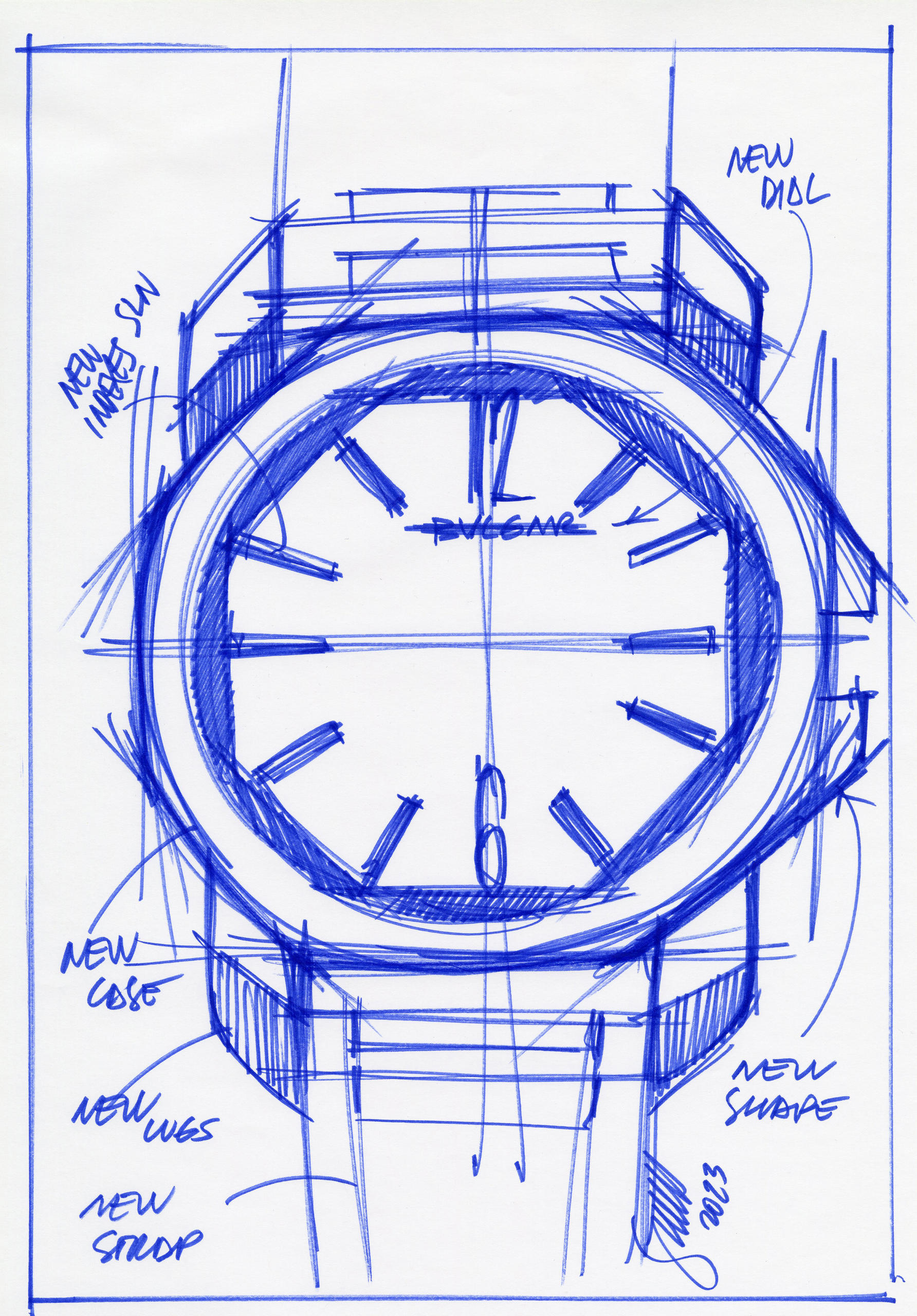
Buonamassa Stigliani believes that most watchmakers have difficulty in acknowledging the value of design, despite its essential role. He can understand this up to a point: “Watchmakers bring real wealth to the industry. They are proud to produce these marvels of micro-mechanics, to multiply complications, to bring back old ones and create new ones.” And the designer’s job is precisely to showcase this high-precision work to the general public, he explains.
The best way to achieve this is by working together to find a compromise between artistic and technical merits. “A beautiful watch that has no distinctive mechanical features is a failure. And the opposite is also true. The key is to strike the right balance between aesthetics and mechanics,” says the specialist.
Emmanuel Gueit: ‘Our work remains largely unknown’
“I’ve really enjoyed working at Audemars Piguet over three decades. I’ve been part of the family, so to speak”, says Emmanuel Gueit, another behind-the-scenes designer who has created several cult watch models, such as the Royal Oak Offshore and Rolex’s Cellini collection. This freelancer has worked for many brands and has just as many different ways of looking at things
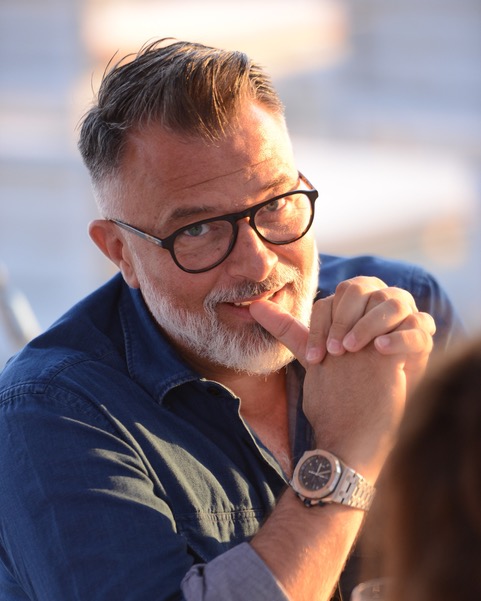
Creativity lies at the core of the designer’s craft. But he or she must also pay homage to the brand’s history, its DNA, its technical capacities, its know-how – and its future, which is in many ways the most difficult aspect.
“For me, there’s no difference between a watch that costs CHF150 or CHF150,000,” says Gueit. “It’s not because the model is expensive and exclusive that you have greater freedom of action.”
The designers’ contribution to the success of the sector is indisputable: last year, watch exports hit a new record of CHF24 billion. And they do enjoy great respect in the watchmaking world.
Nonetheless, Gueit says, the brands do not like to publicise their role too much. “The brand is everything [but] the artist’s name is nothing,” he says. “Gerald Genta wasn’t recognised in his lifetime, but he became a legend after his death. Our work is always carried out in the shadows and remains largely unknown to the general public.”
Martin Frei: ‘Bringing artistic culture to the watchmaking workshop’
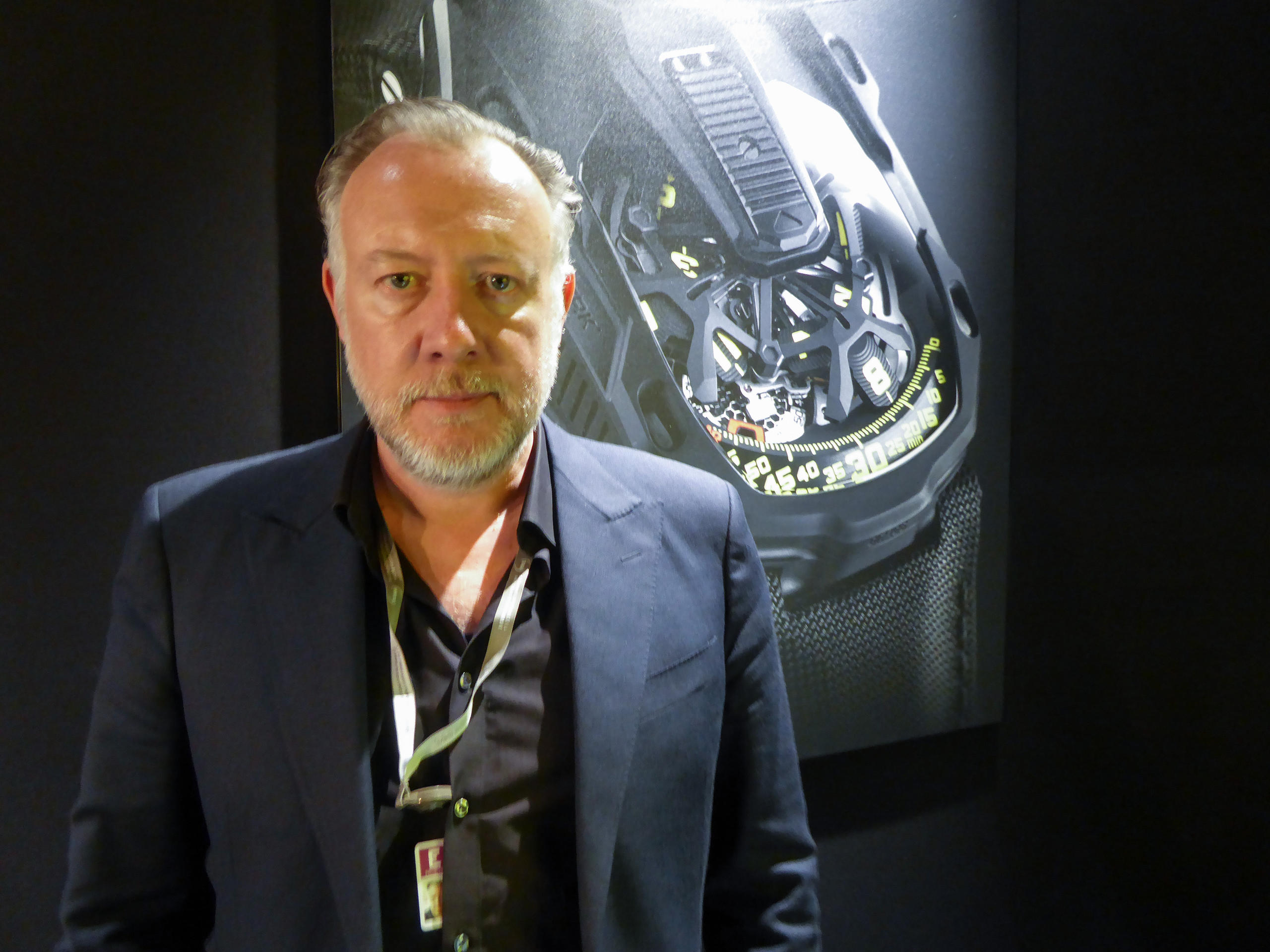
“I have an artistic background. I’ve produced monumental paintings, interiors and films,” says designer Martin Frei, who works in partnership with the watchmaker Felix Baumgartner. In 1997, they founded the brand Urwerk, which is now known worldwide for its futuristic-looking models.
The main task of the designer, in Frei’s view, is to bring artistic culture to the watchmaking workshop and transform technology into a work of art.
“We have always wanted to create new watches that are inspired not only by watchmaking traditions, but also by architecture, design, science fiction and everything that surrounds us: films, music, paintings,” he says.
Eric Giroud: ‘It’s great when everyone just gets on with their job’
Eric Giroud’s most spectacular watches were made in collaboration with the young but already famous brand MB&F, founded in Geneva in 2005. The designer from canton Valais describes the “ideal couple” he forms with the head of MB&F: “Max Büsser has always encouraged me to work with other brands. He’s never shown the slightest sign of jealousy.”
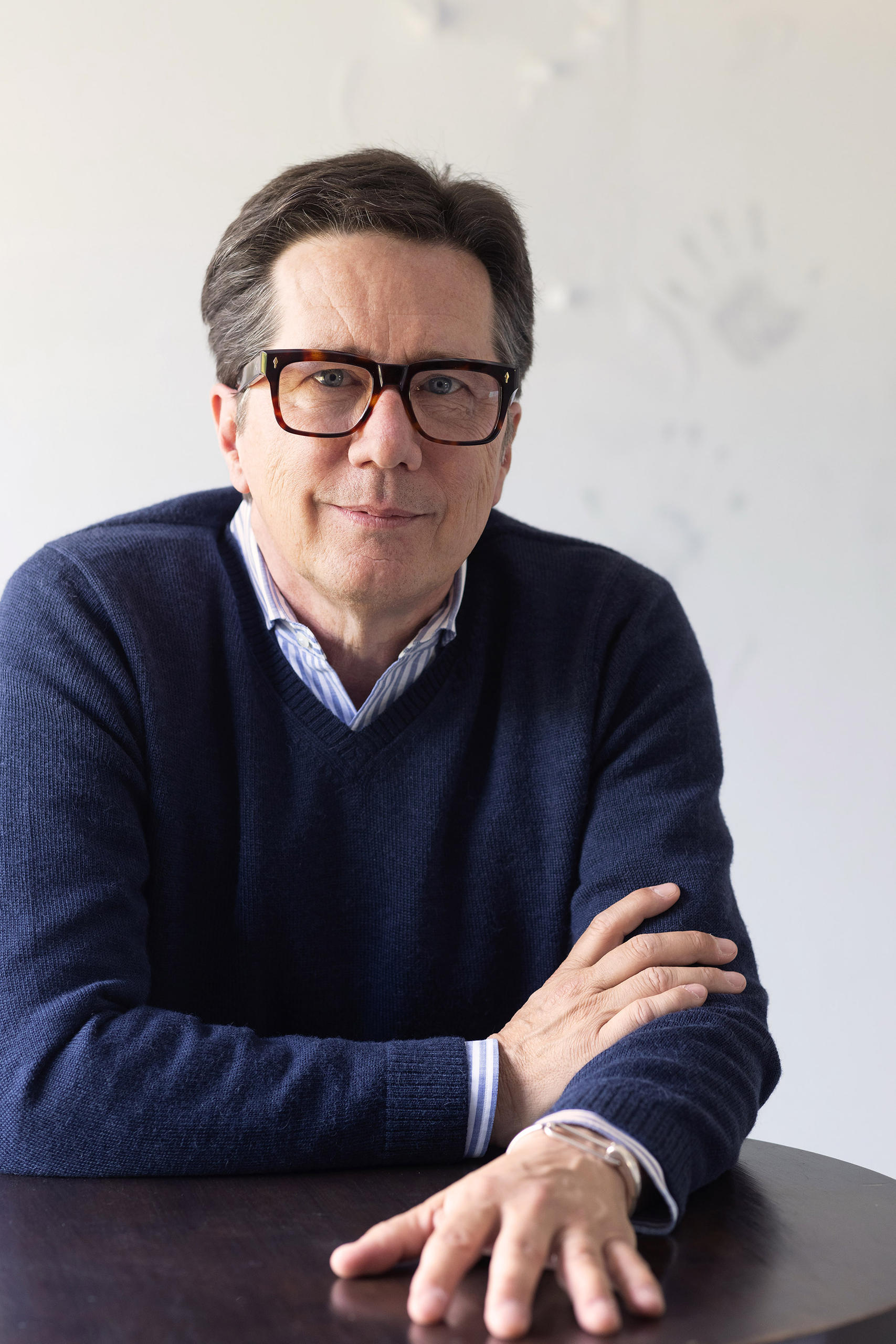
The freelance designer remembers positive cooperation rather than conflict.
“It’s great when everyone just gets on with their job,” he says. “I’ll never go to the watchmakers and tell them what to put in the mechanism, but I’m always happy to help them with the aspects that I feel better equipped to advise on.”
Giroud, a former architect, says he does not create for himself, and that he is only there to help people bring their ideas to life. “I don’t work for the brands that commission me, or for their CEOs, but for the customers who will wear the watches on their wrists,” he insists.
Stefano Macaluso: ‘A constant struggle between contradictions’
An architect by training, Stefano Macaluso is a former owner of the Girard Perregaux brand. Now he is a freelance designer. “A watch is like a beautiful building that has a façade, a plan, proportions and, above all, an interior that is bathed in light. Only the scale is completely different,” he explains.
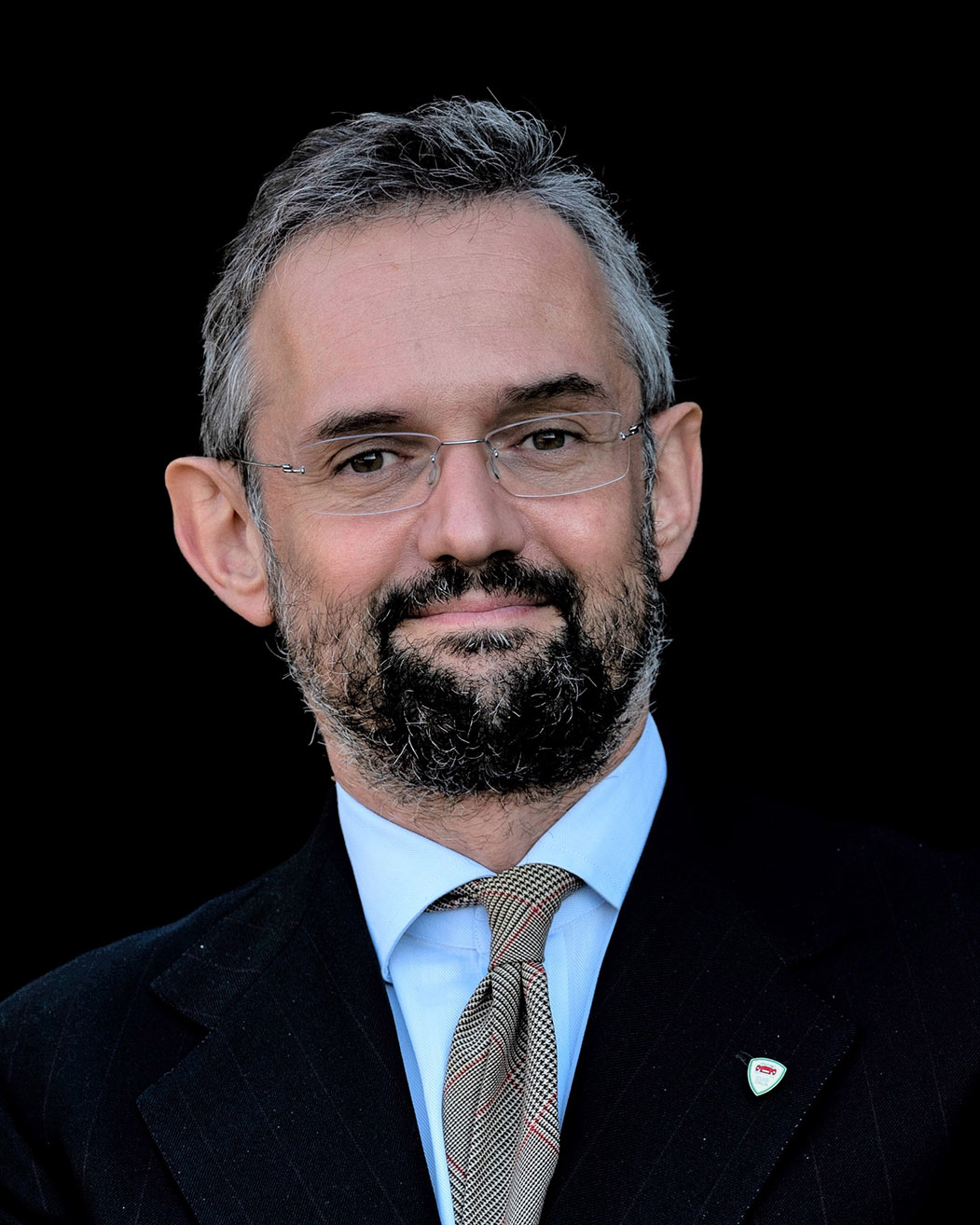
“Creating the design of a watch is a constant struggle between contradictions,” he adds. “Mechanisms have limits that cannot be overcome. They need space [and] protection – just like a living being.”
From a technical point of view, the tolerance margins are sometimes less than one millimetre. On top of this, the existing image of brands – which sometimes have more than a century of history – must be preserved, explains the designer, who is also a car enthusiast and rally driver in his free time.
Guy Bove: ‘It can take years to reach agreement’
“No one can design timepieces out of nothing,” says Guy Bove, who has worked for IWC, Chopard, Ferdinand Berthoud, Breitling and TAG Heuer. Although there are now specialised courses in watch design, for instance at the Geneva University of Art and Design, most designers start out as architects, car designers or fashion designers.
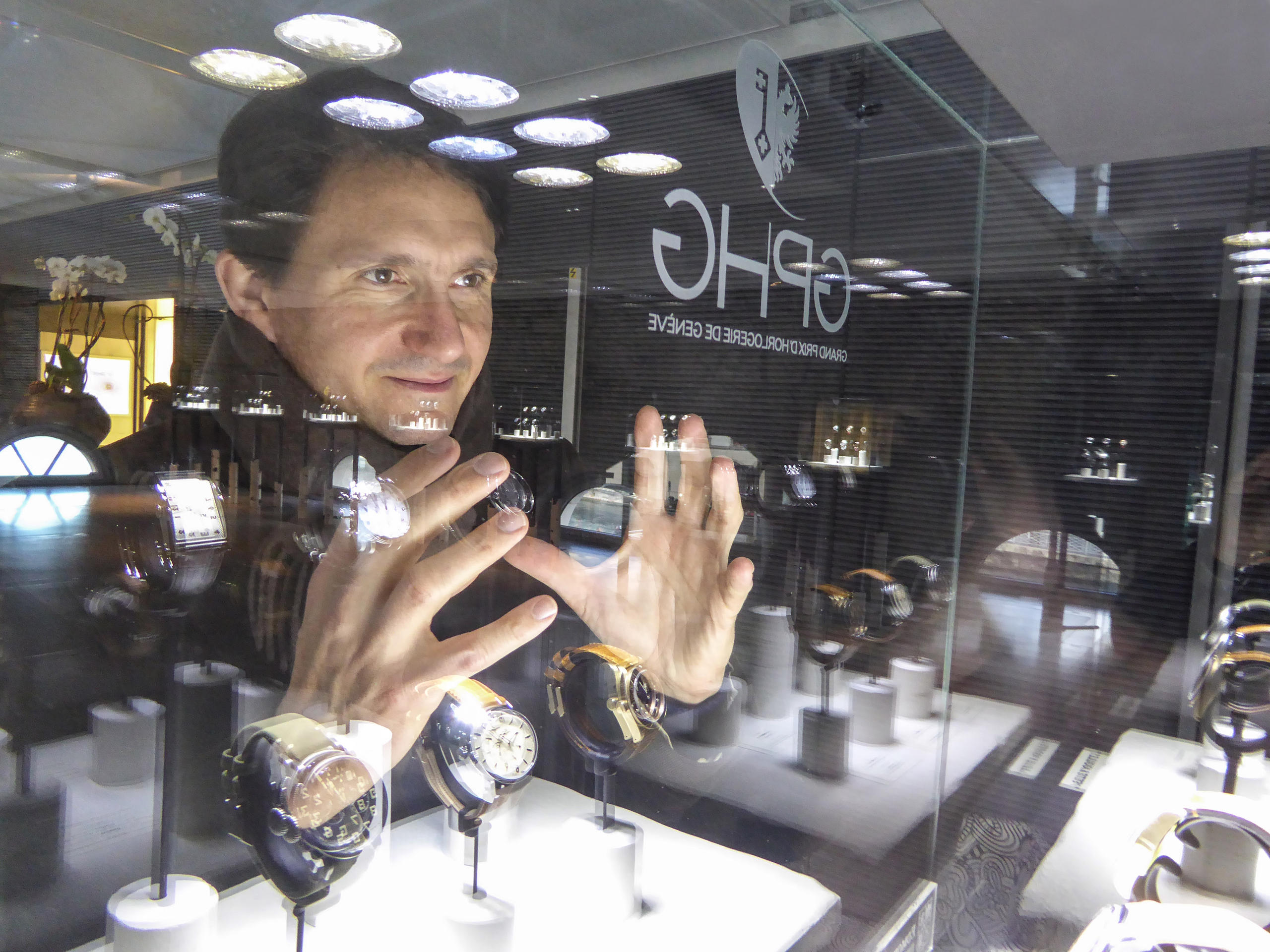
“I didn’t study watch design,” says Bove, who claims that it took him more than three years working in the sector to truly master its secrets. Designers often get ahead in this highly selective professional environment thanks to a mentor. “Personally, my example was Miodrag Mijatovic, the founder of M-Design,” says Bove. M-Design is a design company that has worked for many of the major Swiss watch brands since the 1980s.
How long does it usually take to create the design of a new watch? “Very little and very long,” Bove replies laconically. “It can take days until I am ready and willing to present my idea, and years until we all agree to launch the watch.”
Designers also avoid disclosing the price of their services, but some prestigious projects can net tens of thousands of Swiss francs for their creators.
Text edited by Samuel Jaberg and translated from French by Julia Bassam.

In compliance with the JTI standards
More: SWI swissinfo.ch certified by the Journalism Trust Initiative




























You can find an overview of ongoing debates with our journalists here . Please join us!
If you want to start a conversation about a topic raised in this article or want to report factual errors, email us at english@swissinfo.ch.